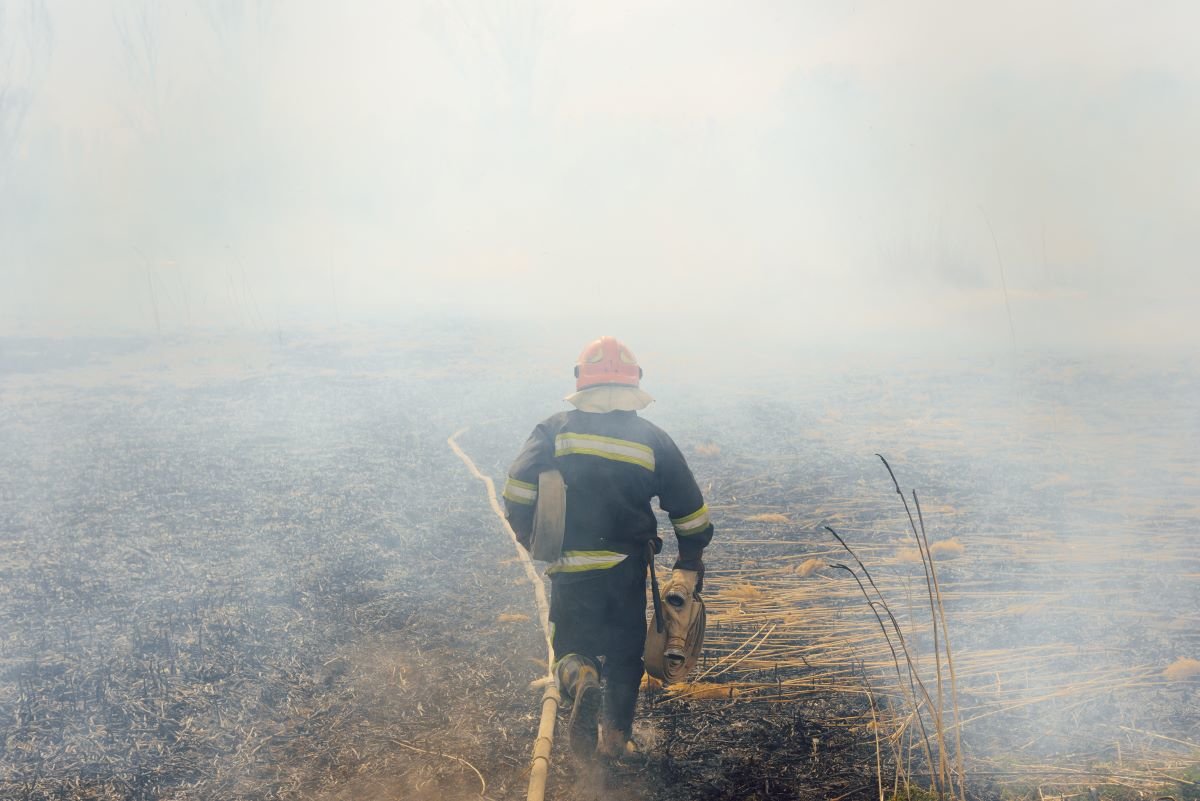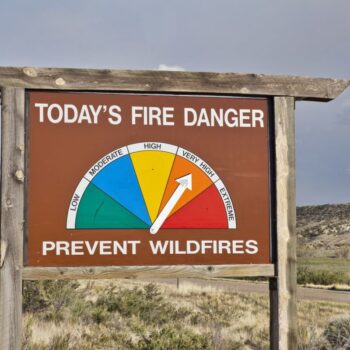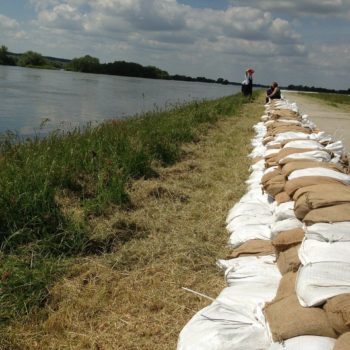Adaptation, resilience and loss & damage are priority issues at COP26, but progress to date has been inadequate. At UNGA, world leaders can address this in 5 simple steps.
Any illusions that climate change would be a slow-moving disaster, unfolding gradually like water slowly erodes sediment, can now be put to rest. The world that climate scientists have been warning us about is here. It arrived earlier and is hitting harder than expected.
Virtually every week brings devastation from extreme weather, wildfires, floods and drought. The World Meteorological Organization (WMO) reports that disasters have increased fivefold since 1970, accounting for $3.6 trillion in economic losses, to say nothing of the lives lost.
The risk of breaching catastrophic climate ‘tipping points’ is also rising. For example, there’s evidence the Atlantic Meridional Overturning Circulation (AMOC) is weakening, which would lead to increased sea level rise and much colder temperatures in Europe and North America.
Past choices to delay emission cuts have made these impacts inevitable. There is still time to head off far worse scenarios. But the failure to invest in resilience and adaptation was also a choice. If this is what an average global temperature rise of just over 1 degree Celsius looks like, decision-makers must think much more seriously about the realities of a 2 or even 3-degree world. They are not yet doing so.
COP26: the adaptation & resilience agenda
COP26 is billed as the moment that consigns coal to history and keeps hopes of limiting warming to 1.5 degrees alive. Those are worthy goals. But it must also mark the beginning of a new sense of seriousness about investing in adaptation and resilience to climate impacts.
Ahead of UNGA, that looks unlikely. While the Paris Agreement ostensibly put climate adaptation and resilience on par with mitigation as a global priority, most attention remains on decarbonisation. The lion’s share of climate finance still goes to mitigation, and the adaptation finance gap is not narrowing. From 2015-2019 the G7 countries provided $14 billion in adaptation finance. Meanwhile, $17 trillion has been spent globally on economic recovery, with only one-tenth of that total classified as green spending.
This is not to ignore important initiatives underway. The Global Commission on Adaptation has provided compelling evidence of the economic benefits of resilience, and the Coalition for Climate Resilient Investment is working on tools to help with pricing physical climate risk in investment decision-making. The UK hosted the Climate and Development Ministerial in March 2021 as a platform for addressing concerns voiced by the most climate vulnerable countries, including climate impacts, finance, and debt sustainability. This culminated in a roadmap that has set out the action path for high ambition outcomes on these issues by COP26.
Countries must build these efforts, particularly the Climate and Development Ministerial roadmap, at UNGA. The legitimacy UNGA provides is unparalleled. World leaders must seize this opportunity to profile adaptation and resilience issues. It is also one of the last major landmarks on the road to COP that can credibly set the level of ambition.
5 steps to address adaptation and resilience at UNGA
- Donor countries should signal a much stronger commitment on adaptation finance. This should include efforts to increase the quantity and quality of finance, including addressing challenges developing countries have in accessing funds.
- Disaster response capabilities must be enhanced. If we don’t get better at helping vulnerable countries respond quickly to extreme weather, there won’t be a chance to do much else. Earlier this year the UK and Germany announced additional funding for the Risk Informed Early Action Partnership (REAP). More countries must step forward.
- Donor countries should come to UNGA prepared to have a serious discussion about Loss and Damage. Progress on this has been like pulling teeth, and a new mindset is needed. This should be a leaders-level issue, and developed countries must show they take it seriously.
- Donors should step up support for the LDC Initiative for Effective Adaptation and Resilience (LIFE-AR). This is notable for being a developing country-led initiative, and an effort to set a long-term vision for climate resilience.
- New momentum should be injected into the Adaptation Action Coalition (AAC), whichis the response to the 2019 UN Climate Action Summit Call to Action on Adaptation and Resilience.
There will be more to do after UNGA. For example, the World Bank-IMF meetings in October are an important chance to show support for key financial reforms, such as efforts by the IMF to integrate climate into its financial surveillance.
It’s past time to show that resilience is a systemic challenge, and a global one, not just something to tackle at the project level. To deliver, we must first get the diplomacy right.


